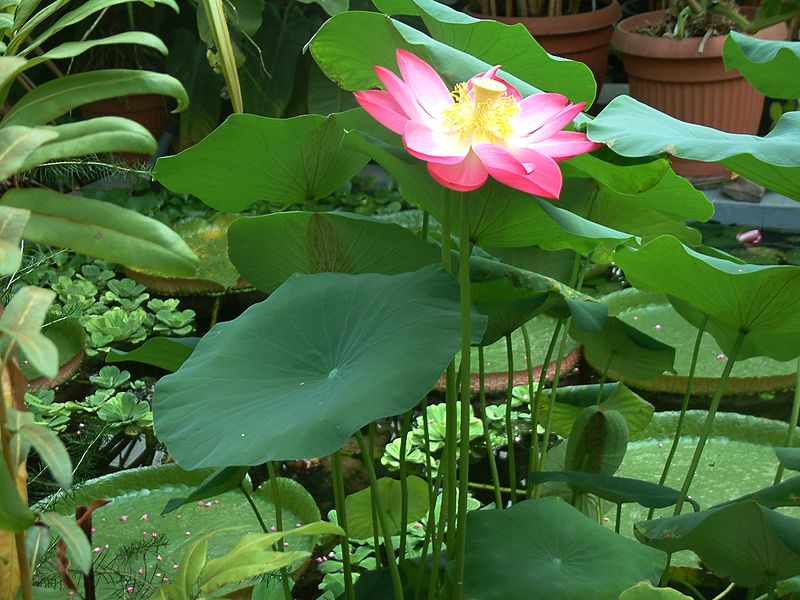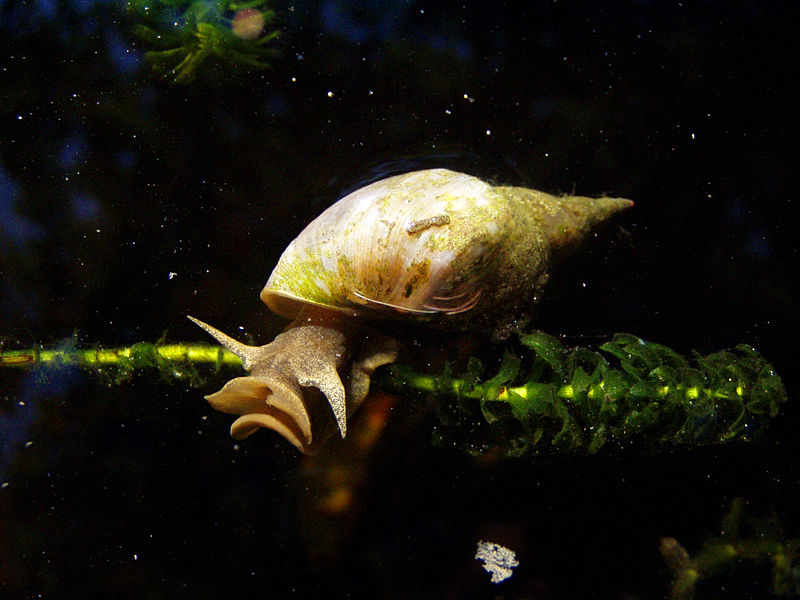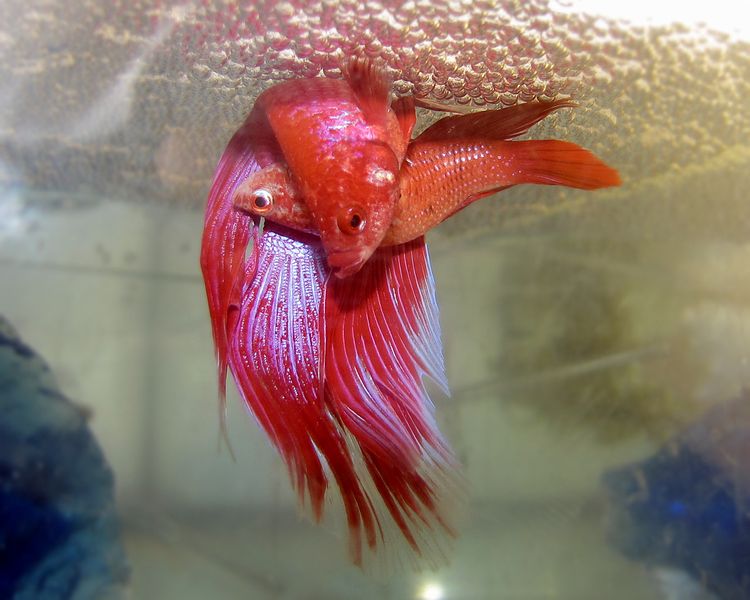
Dipping Plants to Eliminate Snails
 Outbreaks of nuisance snails are one of the most common problems encountered in planted aquariums. Though much maligned, snails are perfectly normal in tanks with live plants and can even help with algae control. The problems occur when the snails reproduce and become out of control. Throughout our blog posts, we’ve gone over a number of methods of controlling snails through predators and removal methods, but as with any problems, the problem can be avoided with preventative measures.
Outbreaks of nuisance snails are one of the most common problems encountered in planted aquariums. Though much maligned, snails are perfectly normal in tanks with live plants and can even help with algae control. The problems occur when the snails reproduce and become out of control. Throughout our blog posts, we’ve gone over a number of methods of controlling snails through predators and removal methods, but as with any problems, the problem can be avoided with preventative measures.
A common way of cutting down snail populations is to dip new plants, killing snails and snail eggs before they enter your aquarium. We have here a few different “recipes” for these dips. Keep in mind that while these have been used successfully by many aquarists, sensitive plants may still be damaged. You can try your chosen method on one plant before using it on all of your new plants. These are also all solutions that are to be utilized in a separate bucket, tub or sink – NOT in the aquarium! Read More »
Electrolysis and “Salt Creep” in Aquariums

Hiding Spots for Aquarium Fish – A Word of Caution
 The other day I was doing one of my daily walk-throughs and looking for a particular fish, but simply couldn’t find it. Mind you, this was not some tiny little goby or tetra that could almost literally disappear, this was a rather large, Spotted Royal Pleco, Panaque cf. nigrolineatus (L330). This particular Royal Pleco is something around 8 inches long. How in the world do you lose an 8 inch pleco? Check out the pic to the right and you’ll see. Read More »
The other day I was doing one of my daily walk-throughs and looking for a particular fish, but simply couldn’t find it. Mind you, this was not some tiny little goby or tetra that could almost literally disappear, this was a rather large, Spotted Royal Pleco, Panaque cf. nigrolineatus (L330). This particular Royal Pleco is something around 8 inches long. How in the world do you lose an 8 inch pleco? Check out the pic to the right and you’ll see. Read More »
Spawning Fish and Fish Eggs in the Aquarium – A Guide for Beginners
 What could be more exciting for an aquarist than seeing a pair of fish spawn or finding a mass of eggs in the tank? Many beginner aquarists may not realize that their fish have formed a pair, what the fish are doing if they show a courtship ritual or that they are preparing an area to lay thier eggs. When eggs or babies appear, someone new the game may have lots of questions and concerns about what (if anything) they need to do for a successful hatch or to raise the fry.
What could be more exciting for an aquarist than seeing a pair of fish spawn or finding a mass of eggs in the tank? Many beginner aquarists may not realize that their fish have formed a pair, what the fish are doing if they show a courtship ritual or that they are preparing an area to lay thier eggs. When eggs or babies appear, someone new the game may have lots of questions and concerns about what (if anything) they need to do for a successful hatch or to raise the fry.
Chances are you’re doing something right if you have a pair of fish that are prepared to spawn in the tank. Typically conditions must be favorable (clean water, ideal spawning chemistry, ect.) for the fish to be interested in breeding to begin with. If you’ve reached this point you’ll want to know what happens next. Read More »
 That Fish Blog – Aquarium Advice and Information
That Fish Blog – Aquarium Advice and Information
